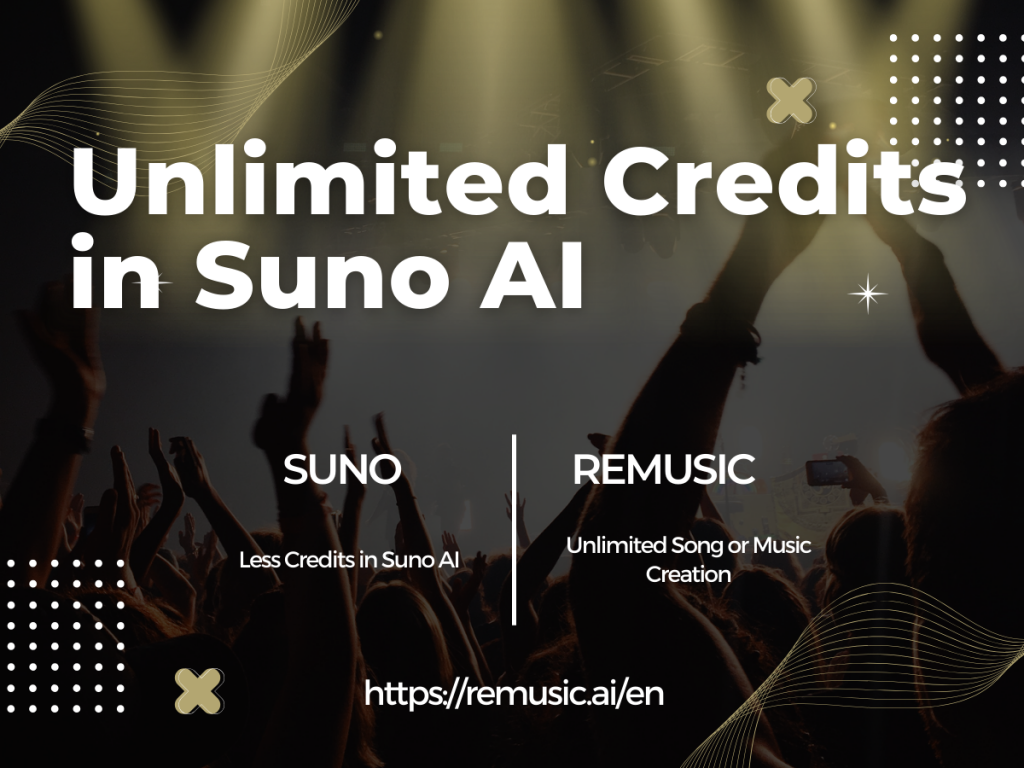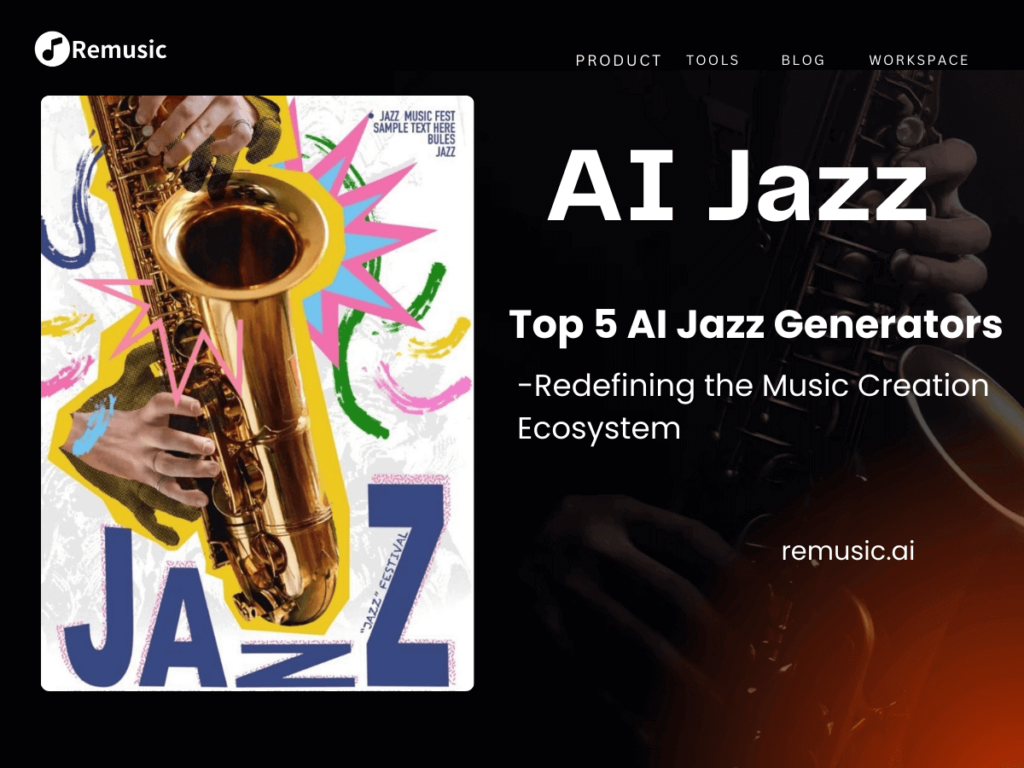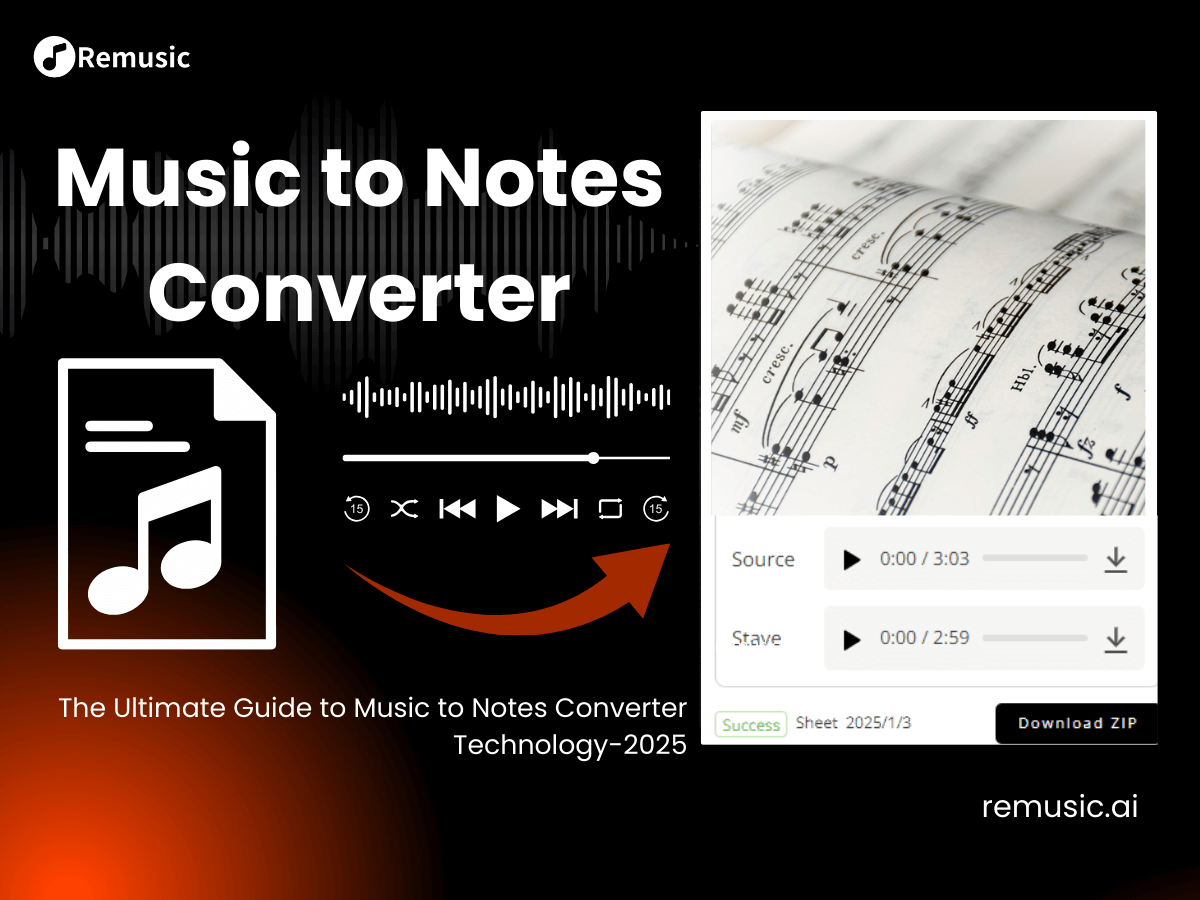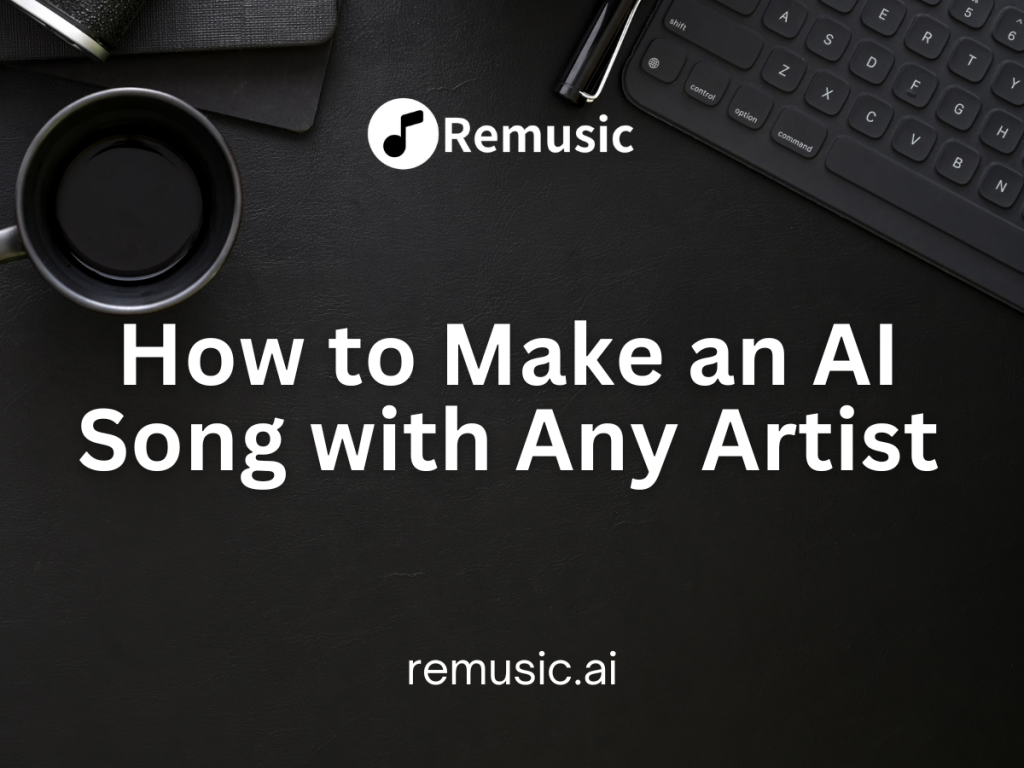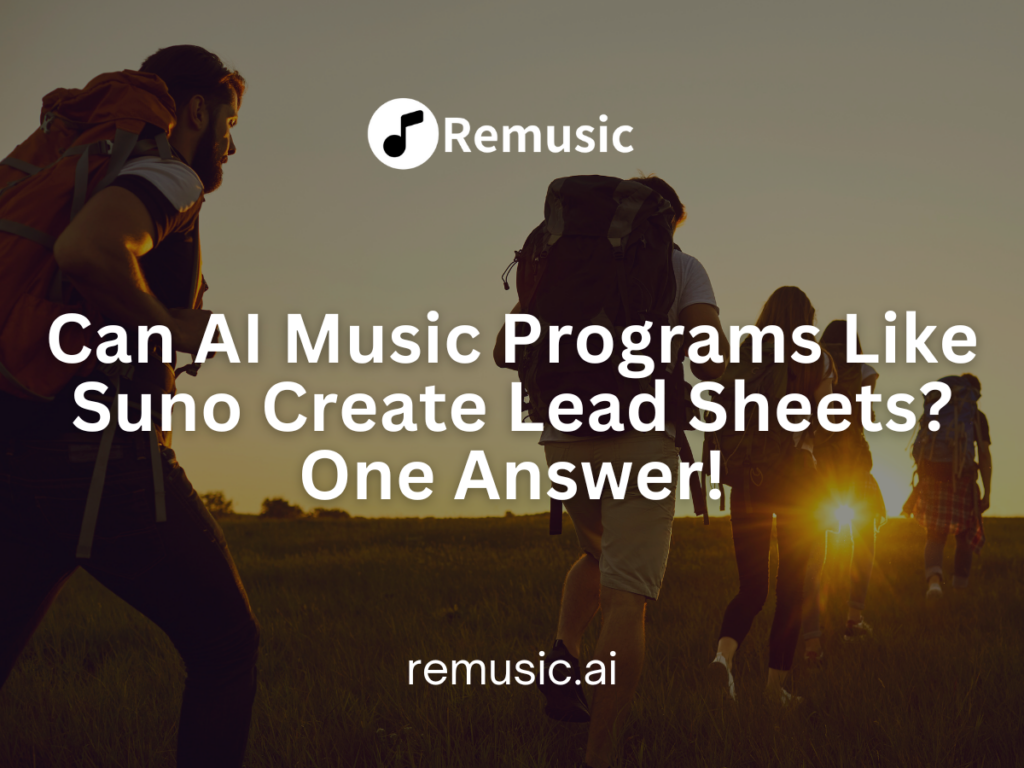What Is Lyria? A Beginner’s Guide to Google’s AI Music Tool
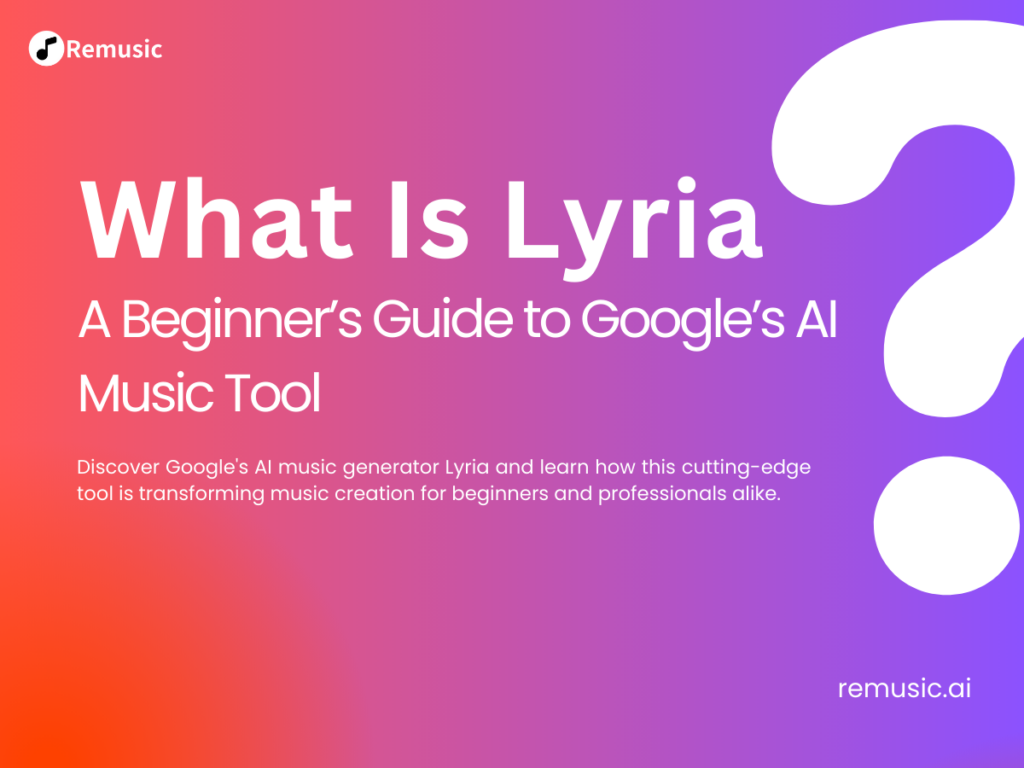
Contents
- What is Lyria?
- Why Google DeepMind Created Lyria
- How Lyria Works: Technology and Capabilities
- Applications of Lyria in Real-World Projects
- Comparison with Other AI Music Models
- Ethical Considerations and Copyright Concerns
- Impact on Artists and the Music Industry
- The Future of Generative AI in Music
- Frequently Asked Questions about Lyria
- Conclusion
What is Lyria?
Lyria is a groundbreaking generative AI model developed by Google DeepMind in collaboration with YouTube, designed to revolutionize the music creation process. Unlike traditional music software, Lyria can generate high-quality audio—including melodies, harmonies, vocals, and full compositions—from simple text prompts. Positioned as one of the most advanced AI music models to date, Lyria merges natural language processing with deep audio synthesis to create entirely new music content in seconds.

Its most notable application so far is Dream Track, a tool allowing users to generate 30-second songs for YouTube Shorts using the AI-modeled voices and styles of real artists.
Why Google DeepMind Created Lyria
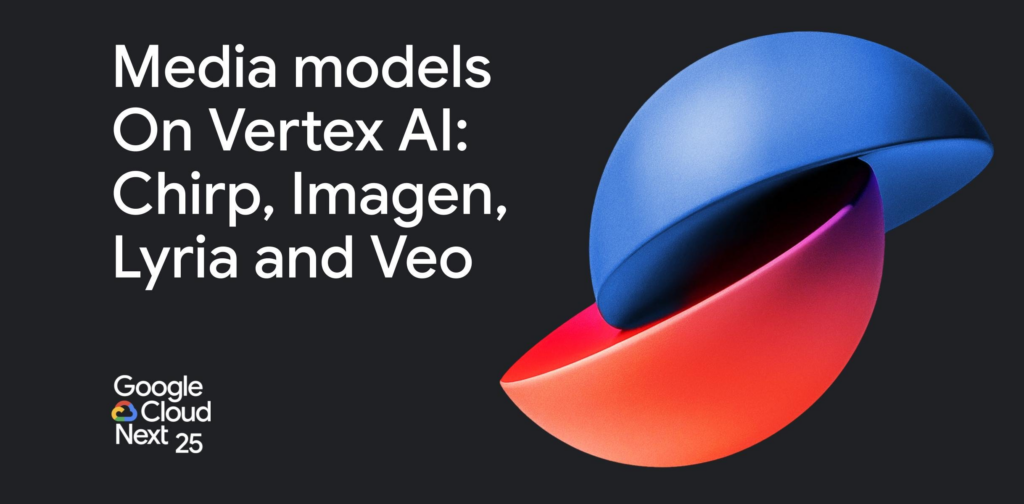
The development of Lyria stems from Google DeepMind’s broader mission: to harness artificial intelligence for real-world creative applications. Music was an ideal testing ground. It combines technical complexity with deep emotional resonance, and it poses unique challenges for AI.
DeepMind saw an opportunity to assist both professional musicians and amateur creators, making music production more accessible. Through collaborations with artists and YouTube creators, Lyria was crafted not only as a tool for automation, but as a co-creator—an AI that amplifies human creativity rather than replaces it.
How Lyria Works: Technology and Capabilities
How Lyria is Changing the Music Creation Landscape
Lyria introduces a new era of music production where time, skill level, and equipment are no longer major barriers. With just a few descriptive words, users can generate soundtracks, jingles, or even full songs. Its precision in replicating specific musical styles makes it especially powerful for content creators seeking custom audio in a fraction of the time traditional methods require.
Furthermore, Lyria democratizes music creation. Whether you’re a YouTuber, a brand marketer, or a hobbyist songwriter, Lyria enables access to professional-sounding music without needing a studio.
Core Features of the Lyria AI Model
Lyria stands out from other AI music generators due to its multi-track understanding, high audio fidelity, and artist-style modeling. It can generate compositions that include vocals, background instrumentation, and effects—all blended into one cohesive track. The system is optimized for short-form music, making it ideal for platforms like YouTube Shorts and TikTok.
Some standout features include:
- Multi-instrument arrangement generation
- AI-generated lyrics and melodies
- Audio effects rendering (reverb, chorus, equalization)
- Support for multiple music genres and emotional tones
Lyria’s Text-to-Music Generation Process
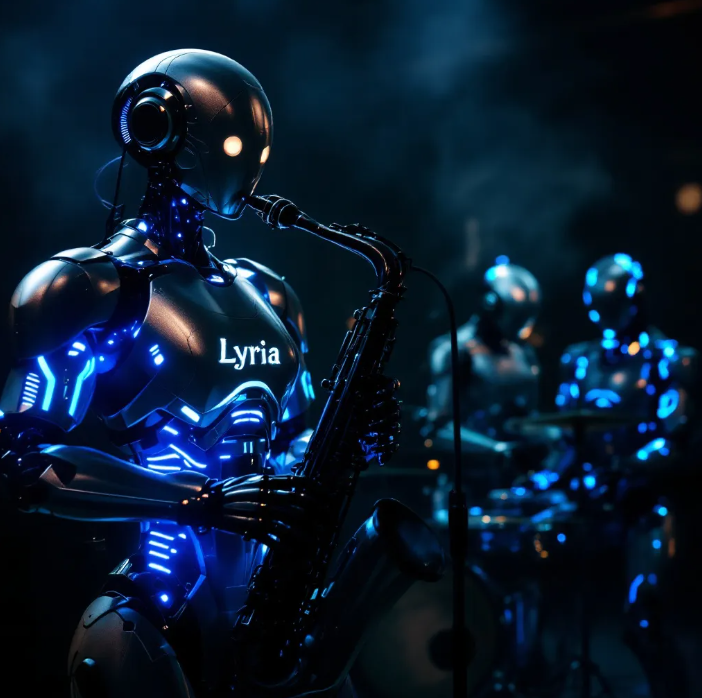
Lyria uses a text-to-music generation pipeline, where a user provides a description (e.g., “an upbeat electronic dance track with female vocals”) and the model returns a fully realized audio clip. This process combines several technologies:
- Natural Language Processing (NLP): Interprets the prompt’s intent
- Generative Adversarial Networks (GANs) and transformers: Generate structured audio
- Audio modeling: Reconstructs sounds at 44.1kHz or higher for studio-quality output
This text-to-music interaction is what powers the Dream Track feature on YouTube.
Integration with SynthID for AI Watermarking
To ensure responsible AI use, DeepMind has integrated SynthID, an audio watermarking technology that subtly embeds an inaudible signal into Lyria’s output. This watermark is imperceptible to the human ear but detectable by Google systems, enabling attribution and traceability.
This watermarking feature addresses concerns about deepfakes, plagiarism, and copyright infringement, making Lyria one of the first AI music models designed with transparency and accountability in mind.
Applications of Lyria in Real-World Projects
Dream Track on YouTube Shorts
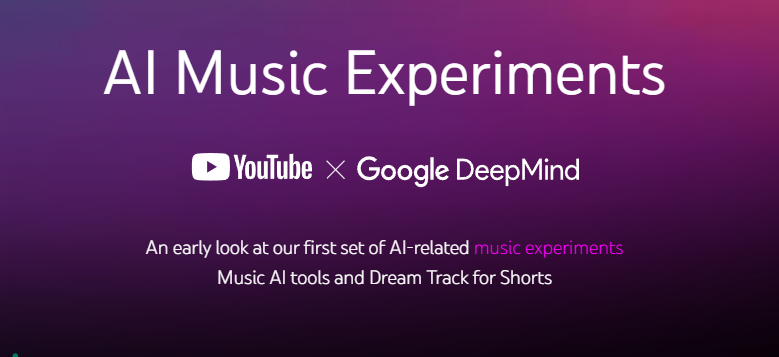
Dream Track is a standout example of Lyria in action. This experimental tool allows creators to input a text prompt and generate a 30-second musical track in the voice of participating artists.
Nine artists were involved in the pilot launch, including Charlie Puth, Sia, T-Pain, and Troye Sivan. Dream Track allows fans to create music content that feels personalized and artist-approved, bridging the gap between creators and the celebrities they admire.
Lyria’s Role in Music AI Tools
In addition to Dream Track, Google has rolled out Music AI Tools powered by Lyria, aimed at helping musicians ideate, experiment, and produce music faster.
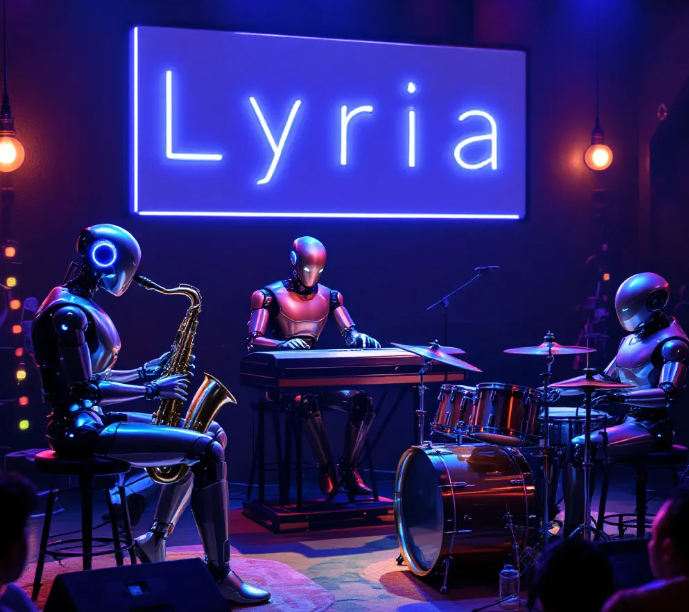
These tools include:
- AI-assisted melody and lyric generation
- Vocal layer suggestions
- Style and tempo adjustment
- Remix and loop creation tools
The intention is not to replace musicians, but to offer them superpowers—making the creative process faster, more intuitive, and more collaborative.
Artist Collaborations and Case Studies
Unlike many other generative music platforms, Lyria is being developed with artist collaboration at the core. All artists used for training gave explicit permission and are directly involved in shaping the model’s behavior and ethical use guidelines.
Artists like John Legend and Charli XCX have spoken publicly about how they see AI not as a threat, but as a new creative partner. These collaborations offer a new model of artist-AI synergy that prioritizes respect, innovation, and consent.
Comparison with Other AI Music Models
Lyria joins a growing field of AI music generators, including:
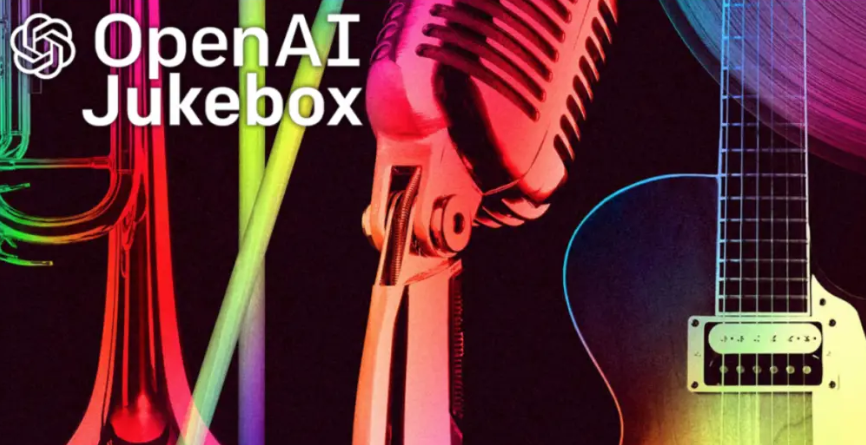
- OpenAI’s Jukebox
- Remusic’s AI Music Generator
- Meta’s MusicGen
- Stability AI’s Harmonai
- Boomy and Soundful
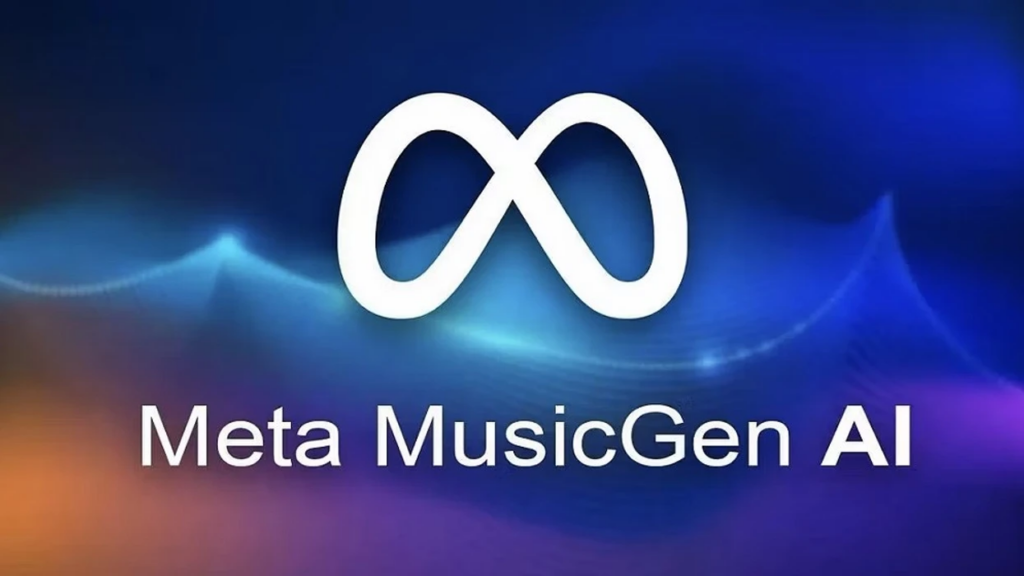
What sets Lyria apart is its audio fidelity, realism, and ethical infrastructure. Where others struggle with noise or structural quality, Lyria delivers broadcast-ready output. It’s also the only model currently integrated with SynthID watermarking and real artist collaborations.
Ethical Considerations and Copyright Concerns
Lyria’s development acknowledges the complex ethical terrain of AI-generated music. By securing artist permissions, embedding watermarks, and releasing under controlled conditions, DeepMind is proactively addressing:
- Misuse of artist likenesses
- Song originality and ownership
- Transparency in creative output
As AI becomes a more integral part of entertainment, Lyria could set industry standards for responsible creative AI.
Impact on Artists and the Music Industry
There’s understandable concern that AI like Lyria could disrupt the livelihoods of musicians. However, DeepMind argues that Lyria will amplify human creativity rather than compete with it. By automating repetitive tasks and expanding creative options, artists can focus on the expressive and emotional core of their music.
Labels, too, stand to benefit—Lyria could reduce costs, speed up production timelines, and open up new forms of fan engagement.
The Future of Generative AI in Music

Lyria is just the beginning. As models become more advanced and context-aware, future versions could:
- Compose entire albums based on emotional arcs
- Create interactive soundtracks for games and AR/VR
- Power AI performers in digital spaces
The combination of Lyria with other generative tools—like video, lyrics, or animation—could give rise to AI-native multimedia formats, reshaping how we define “music” altogether.
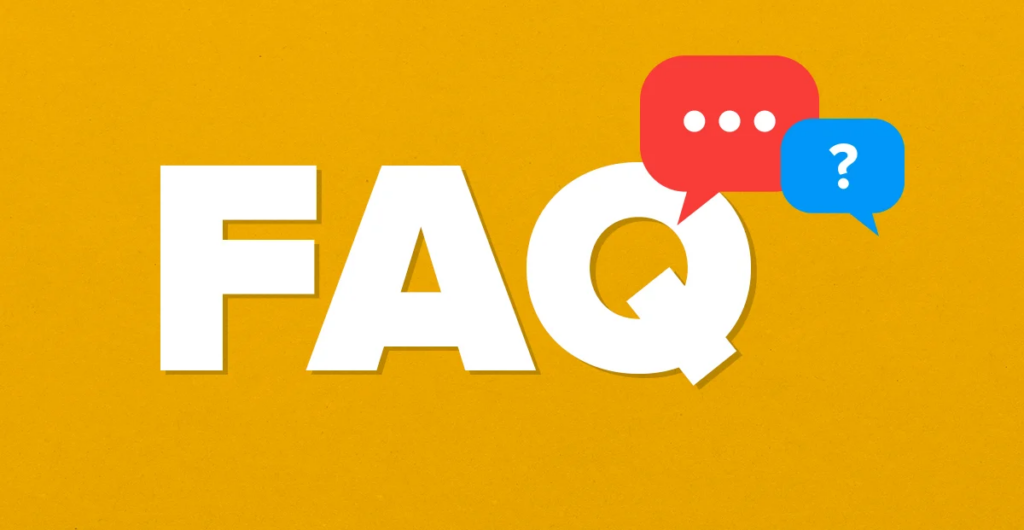
Frequently Asked Questions about Lyria
What is Lyria?
Lyria is a music-generation AI developed by Google DeepMind to create realistic songs, vocals, and instrumentals using text prompts.
How does Lyria generate music?
Lyria combines natural language processing with deep generative models to translate text descriptions into studio-quality audio.
Can I use Lyria to create my own songs?
Currently, access is limited to select creators through Dream Track or enterprise users via Vertex AI.
Which artists are involved with Lyria?
Nine artists participated in the Dream Track pilot, including Charlie Puth, Demi Lovato, and T-Pain.
Is Lyria available for public use?
As of now, general public access is limited, but tools built with Lyria are expanding gradually.
Conclusion
Lyria is a cutting-edge generative music AI model launched by Google DeepMind and YouTube, which can generate high-fidelity music, simulated vocals, and multi-instrument arrangements through text prompts. It not only promotes the democratization of music creation, but also brings unprecedented sources of inspiration and creative efficiency to creators through Dream Track, music AI tools, and in-depth cooperation with artists. The emergence of Lyria marks the official entry of AI into the core stage of the music industry. It has set new standards in technological innovation, ethical norms, and industry empowerment. With the launch of future versions, Lyria is expected to lead generative music into a new era that is more diverse, controllable, and creative.
